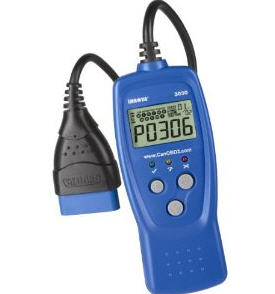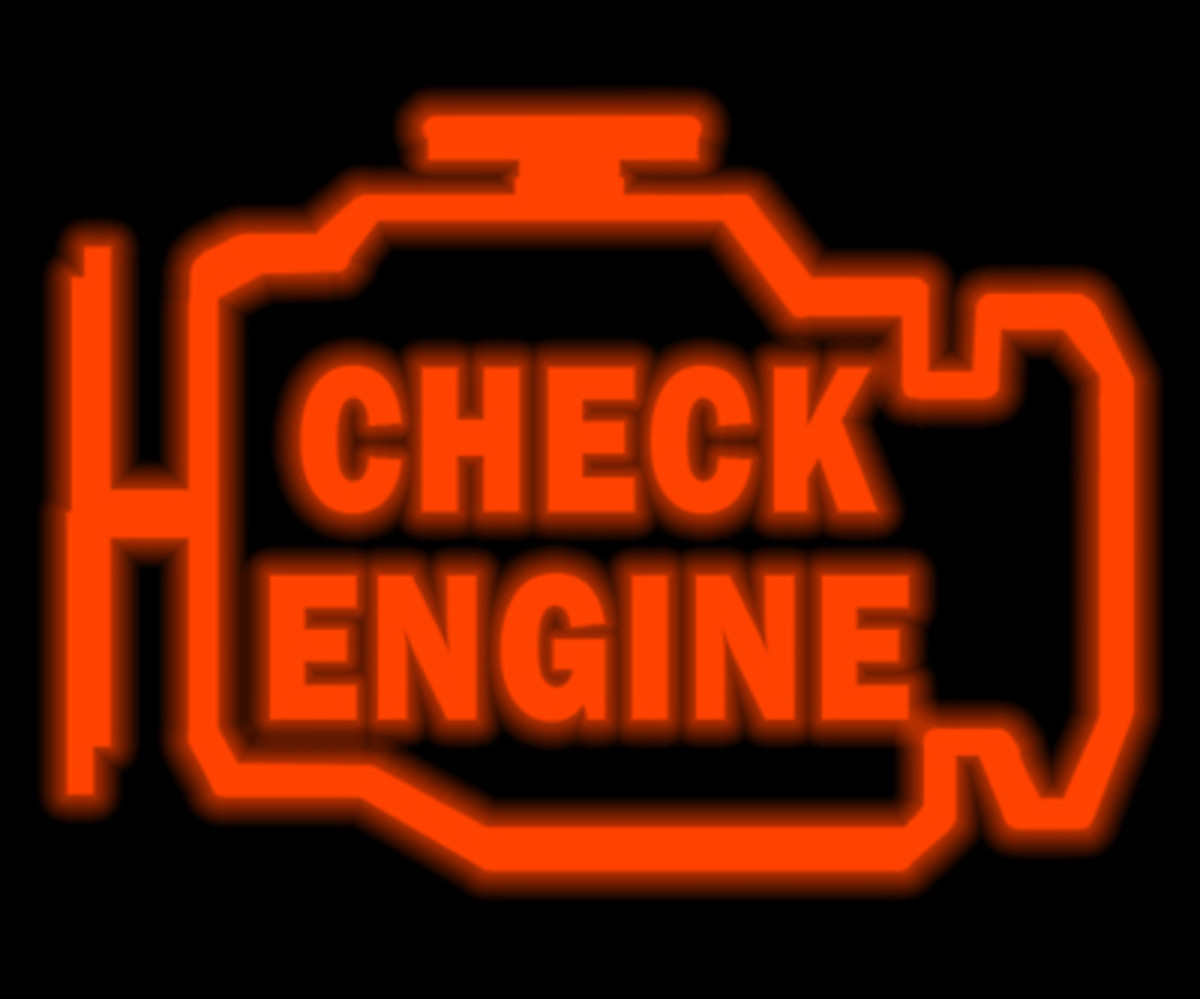Understanding OBD-2 Engine Codes

Sooner or later, your engine light will be lit. The on board computer unit in your car has found something that is out of spec or not working via the many electronic sensors. Mechanical issues are usually not found unless there is a sensor for it.
When the engine light is lit, the only way to find out what is going on is to use a engine analyzer that plugs into the connector under the dash. There are many types, from very expensive ones to handheld ones that cost much less and provide a code readout of what was found. These are DTC or Diagnostic Trouble Codes. Most newer cars have the OBD-2 format now with universal DTC codes that provide a general problem area. They help pinpoint the general area where the issue is that triggered the engine light (known as the MIL, Malfunction Indicator Light).
The code structure provides the following info:
If Pxxxx = powertrain; Uxxxx = vehicle network communications; Bxxxx = body; Cxxxx = chassis
Most DTC codes start with P.
The second digit also provides info:
P0xxx = Government required codes; P1xxx = Manufacturer Codes
Many less expensive scanners will only report standardized P0 codes.
The third digit provides the following info:
Px1xx, Px2xx = air\fuel measurement; Px3xx = ignition; Px4xx = emission; Px5xx = speed and idle; Px6xx = computer output signal; Px7xx, Px8xx = transmission; Px9xx = control modules
The fourth and fifth digits actually pinpoint individual components causing a problem. However, they appear on the most expensive analyzers.
Cars have up to 3000 DTC type codes, some are universal to all cars, others are car specific. For instance, your engine light comes on, you take a scan with a handheld analyzer and come up with a P0172, this means a Fuel on bank 1 is too rich or a P0101, which indicates the MAF air flow meter is intermittently out of range.
Most DTC codes that appear are P0, that is, in the engine area and government standardized codes. The remaining digits are ID codes for various problems. They go from P0010 to P3211. Once you obtain a DTC code list in your car's service manual or online, you can get an idea what is wrong with your car.
Many places offer free handheld analyzer engine checks, otherwise, just hooking it up can cost $100.



